 Typhoon Doksuri had a catastrophic impact on several key rice-producing regions in Asia. The five provinces and cities in North China that suffered the hardest hit by the rainstorm, together produced 164,999 million tons of grain in 2022, comprising 24% of the country’s total production. Not to mention the Philippines, Vietnam and Thailand, which were also affected by the storm. As a result of the massive amount of farmland damaged by Typhoon Doksuri, a severe shortage in the global rice supply comes along.
Typhoon Doksuri had a catastrophic impact on several key rice-producing regions in Asia. The five provinces and cities in North China that suffered the hardest hit by the rainstorm, together produced 164,999 million tons of grain in 2022, comprising 24% of the country’s total production. Not to mention the Philippines, Vietnam and Thailand, which were also affected by the storm. As a result of the massive amount of farmland damaged by Typhoon Doksuri, a severe shortage in the global rice supply comes along.
Affections Worldwide
The increase in the price of rice will not have a serious impact on most developed countries, but for the many developing countries that rely on imported rice to meet the needs of their own populations, it will be a deep blow to their already developing economies, exacerbating a series of already severe Poverty.
The continued surge in food prices on the international market often triggers large-scale social unrest and the risk of terrorism in some West Asian and North African countries, because these countries generally have low food self-sufficiency rates and rely extraordinarily on imports to solve the problem of food, with food imports accounting for more than 10% of the total imports of trade in goods in almost all of these countries, even in high-income oil-exporting countries such as Saudi Arabia are no exception, often times exceeding 20 and even 40%.
Export Bans
A lot of developing countries such as India and China are intensifying efforts to boost their agricultural self-sufficiency amidst growing geopolitical tensions and the Ukraine war. Agricultural departments are urging farmers to cultivate more soybeans, seeking to decrease their dependency on imports.
Concurrently, Beijing has implemented stringent measures to promote food self-sufficiency, including reclaiming arable land and investing in domestic seed breeding for enhanced crop performance. However, China faces challenges in achieving food security. The nation witnessed a decline in its summer harvest for the first time since 2018, attributed to adverse weather conditions caused by Typhoon Doksuri in Henan, a key wheat-producing region. Moreover, natural disasters have impacted over 10 million acres of farmland, an increase from the previous year.
More Crises
Rice production in the Philippines is under severe pressure from multiple challenges. Events such as Super Typhoon Dusuari have adversely affected rice production, causing significant agricultural losses and spiking global food prices, respectively. Imports, which used to be a reliable backup, are now facing new obstacles, such as India’s ban on non-basmati white rice exports.
Despite substantial funding from the Department of Agriculture, rice cultivation continues to lag behind, and many farmers are trapped in a cycle of debt and lack access to formal banking services. In addition, the Philippines is situated in the typhoon belt and often suffers from agricultural and infrastructure damage caused by storms. Some have suggested shifting resources from rice to more profitable crops, such as vegetables or coffee, or even reducing rice production, which lacks large-scale profitability.
As food prices rise and hunger increases, the country faces the challenge of balancing adequate compensation for farmers with affordable food prices for consumers. As global uncertainties, such as the climate crisis, increase, the Philippines must prioritize food sustainability in order to avoid facing a worrisome hunger crisis.
– Jiayi Liu
Photo: Flickr
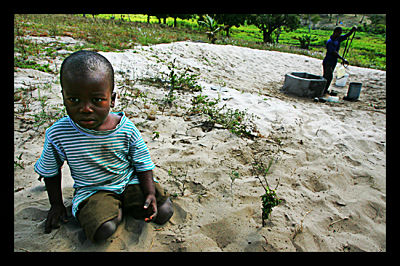
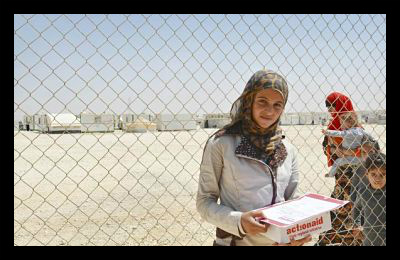
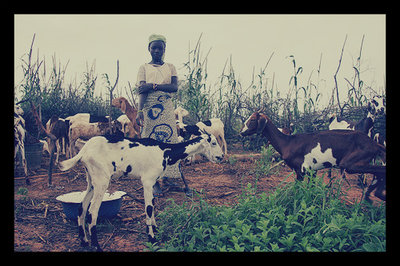
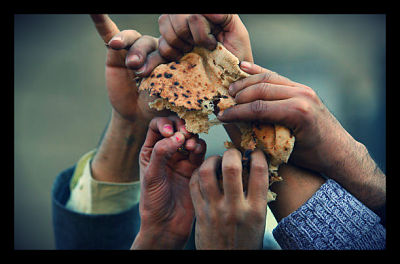 The
The 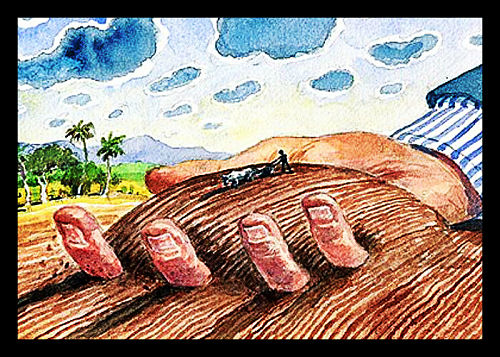 It is assumed that the already existing gap between developed and developing nations is large and apparent enough that wealthier nations would try and fill this gap and bring these opposite ends closer together. According to an ABC Environmental article, however, wealthy nations are instead competing over ‘land’ and ‘water grabbing’ to appease their growing populations and the “stressed” supply of basic necessities such as food and water. Investors in a foreign land, or better yet, the land-grabbers, are countries and investment firms from biofuel producers to large-scale farming operations (agricultural investors).
It is assumed that the already existing gap between developed and developing nations is large and apparent enough that wealthier nations would try and fill this gap and bring these opposite ends closer together. According to an ABC Environmental article, however, wealthy nations are instead competing over ‘land’ and ‘water grabbing’ to appease their growing populations and the “stressed” supply of basic necessities such as food and water. Investors in a foreign land, or better yet, the land-grabbers, are countries and investment firms from biofuel producers to large-scale farming operations (agricultural investors).